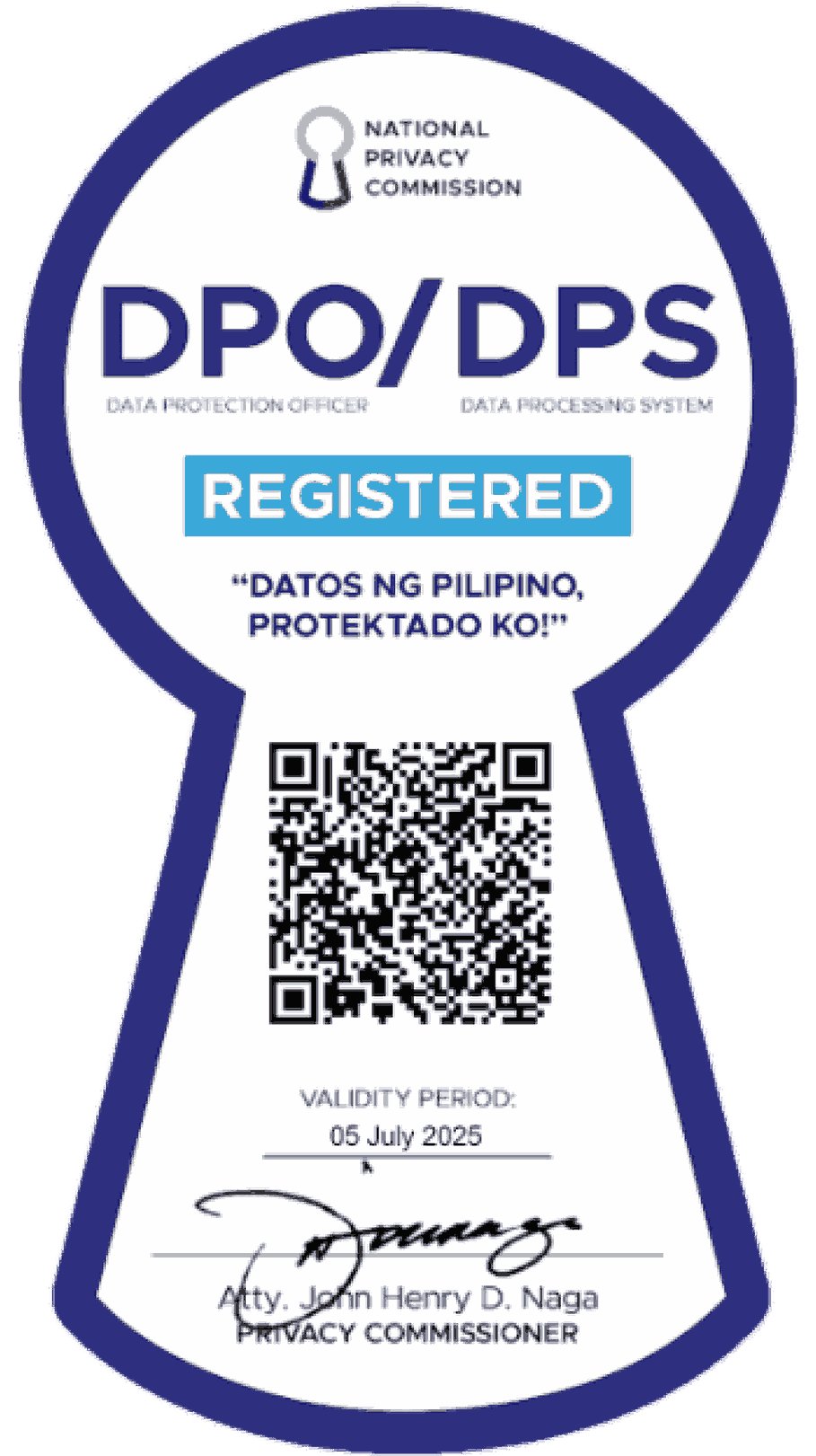How sucking CO2 from the sea could boost atmospheric clean-up | ABS-CBN
ADVERTISEMENT

Welcome, Kapamilya! We use cookies to improve your browsing experience. Continuing to use this site means you agree to our use of cookies. Tell me more!
How sucking CO2 from the sea could boost atmospheric clean-up
How sucking CO2 from the sea could boost atmospheric clean-up
ABS-CBN News,
Reuters
Published May 16, 2025 12:29 PM PHT

Watch more on iWantTFC.com. Watch hundreds of Pinoy shows, movies, live sports and news.
Watch more on iWantTFC.com. Watch hundreds of Pinoy shows, movies, live sports and news.
A trial is underway on England’s south coast where scientists are trialing a method to extract CO2 from seawater, which absorbs carbon from the atmosphere.
A trial is underway on England’s south coast where scientists are trialing a method to extract CO2 from seawater, which absorbs carbon from the atmosphere.
Around 25 percent of carbon dioxide (CO2), the most prolific greenhouse gas emitted by human activity, is absorbed by the oceans and extracting it allows the seawater to absorb more, in turn helping combat climate change.
Around 25 percent of carbon dioxide (CO2), the most prolific greenhouse gas emitted by human activity, is absorbed by the oceans and extracting it allows the seawater to absorb more, in turn helping combat climate change.
“Essentially there is a lot of carbon dioxide in seawater, more so than there is in air," the University of Exeter's Professor Paul Halloran, told Reuters.
“Essentially there is a lot of carbon dioxide in seawater, more so than there is in air," the University of Exeter's Professor Paul Halloran, told Reuters.
Seawater contains about 150 times more CO2 than air, making it a more efficient medium for carbon capture, according to Halloran.
Seawater contains about 150 times more CO2 than air, making it a more efficient medium for carbon capture, according to Halloran.
ADVERTISEMENT
"So extracting it from seawater, rather than air is a sensible starting point," he said.
"So extracting it from seawater, rather than air is a sensible starting point," he said.
The project, called SeaCURE, involves acidifying seawater which converts dissolved carbon into a gas again that is then captured and stored.
The project, called SeaCURE, involves acidifying seawater which converts dissolved carbon into a gas again that is then captured and stored.
The treated water is subsequently rebalanced using alkaline substances before being returned to the marine environment.
The treated water is subsequently rebalanced using alkaline substances before being returned to the marine environment.
Although the current scale is limited - the project removes a modest 100 tonnes of CO2 annually, roughly equivalent to the emissions of a one-way transatlantic flight - the aim is to assess the feasibility of expanding this method as part of broader carbon dioxide removal strategies.
Although the current scale is limited - the project removes a modest 100 tonnes of CO2 annually, roughly equivalent to the emissions of a one-way transatlantic flight - the aim is to assess the feasibility of expanding this method as part of broader carbon dioxide removal strategies.
As marine organisms such as phytoplankton and molluscs depend on dissolved carbon for processes like photosynthesis and shell formation, understanding and mitigating any adverse effects is essential.
As marine organisms such as phytoplankton and molluscs depend on dissolved carbon for processes like photosynthesis and shell formation, understanding and mitigating any adverse effects is essential.
ADVERTISEMENT
"We're still gathering the science to make well-informed decisions about this. And one of the things we're doing is those environmental impact experiments," Guy Hooper, a PhD student at the University of Exeter, told Reuters.
"We're still gathering the science to make well-informed decisions about this. And one of the things we're doing is those environmental impact experiments," Guy Hooper, a PhD student at the University of Exeter, told Reuters.
"We just want to make sure that we are doing this from a science perspective, so that we can make sure it's environmentally sound and scientifically sound."
"We just want to make sure that we are doing this from a science perspective, so that we can make sure it's environmentally sound and scientifically sound."
The team added that scaling up the process faces challenges, including high energy demands and costs, which the pilot aims to address.
The team added that scaling up the process faces challenges, including high energy demands and costs, which the pilot aims to address.
The SeaCURE pilot project, built at Weymouth SEA LIFE Centre with UK government funding, is led by the University of Exeter's Global Systems Institute, alongside Plymouth Marine Laboratory, Brunel University London and industrial partner Eliquo Hydrok.
The SeaCURE pilot project, built at Weymouth SEA LIFE Centre with UK government funding, is led by the University of Exeter's Global Systems Institute, alongside Plymouth Marine Laboratory, Brunel University London and industrial partner Eliquo Hydrok.
(Production: Stuart McDill)
(Production: Stuart McDill)
ADVERTISEMENT
ADVERTISEMENT


